Kawakami Kazuhiko’s solo exhibition, Zoku Kikagraph, reexamines the meaning of Kika (unexpected calamities) as we mark the 100th anniversary of the Showa era. Images of disasters like war, typhoons, and earthquakes are not a thing of the past; they still resonate with the anxiety and chaos of modern society.
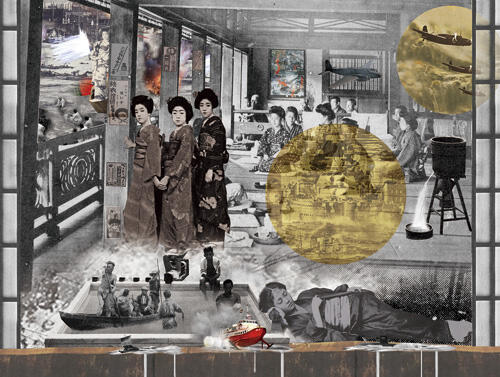
Mysterious Moon Room
2025
45 x 60 cm
Digital print on Awa Washi paper
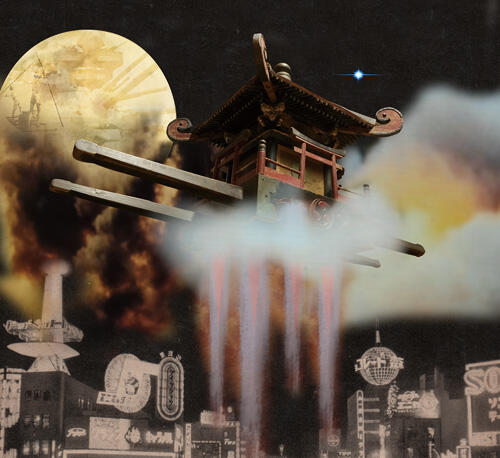
The First Star Shines
2025
50 x 55 cm
Digital print on Awa Washi paper
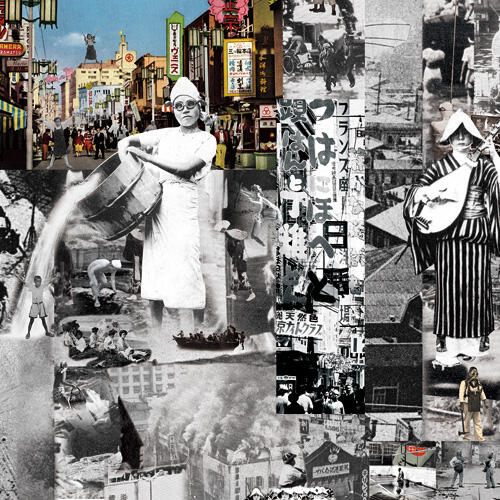
Fun Shopping District Events
2025
60 x 60 cm
Digital print on Awa Washi paper
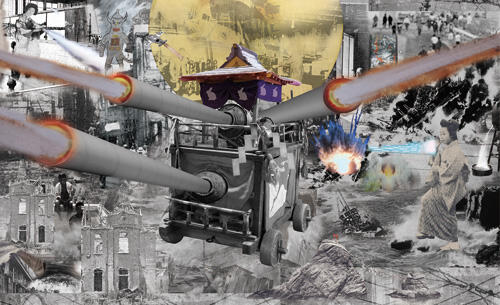
Float Operator
2025
36 x 60 cm
Digital print on Awa Washi paper
Kawakami Kazuhiko
Born in Tokyo, Kawakami began working as an artist in 1995. Impressed by the freedom and diversity of expression in contemporary art he encountered in his twenties, he set out on the path to creativity.
He develops unique expressions that combine narrative and a mythical worldview, focusing on collage works using printed materials from the Taisho and early Showa periods.



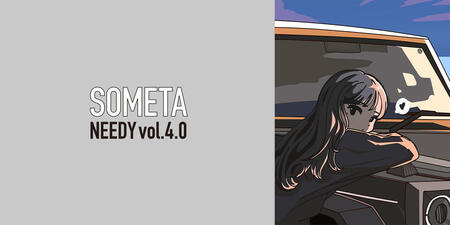
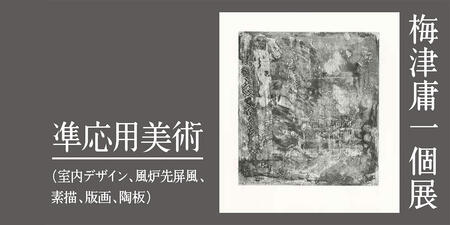
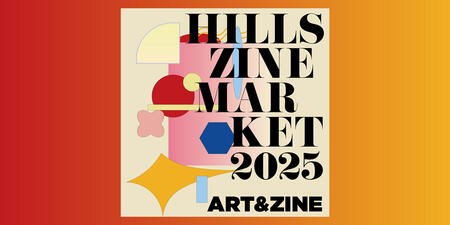


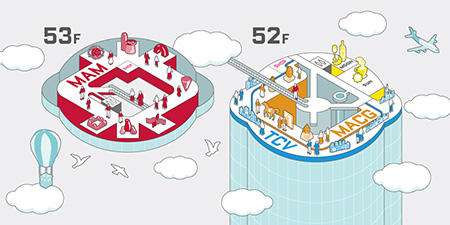
Kika refers to sudden, unexpected calamities. These collages, reconstructed from printed materials from the Taisho and early Showa periods, depict people struggling to survive turbulent times, including wars, typhoons, earthquakes, and other natural disasters. Resembling both despair and hope, these images seem like a distant, otherworldly world, but the situations closely resemble those of modern society. Kika have occurred frequently in recent years. Borrowing warning images from the modern era, this work conveys timeless stories from the past to the present.
I have created a hanging scroll collage using photographs from the Taisho and early Showa periods. It depicts old Japanese landscapes in a mysterious worldview. The title, Kika, refers to unexpected calamities, but I have reinterpreted old documents to depict people who find hope and live despite adversity. It seems like an otherworldly world from the past, but the content also synchronizes with modern-day conditions. In recent years, the COVID-19 pandemic occurred, but I believe that people have found hope and survived through it, and this has led to the present. While the work contains warning messages, an infinite story unfolds within it. I also created it with a mythical worldview in mind, and I hope that viewers will confront this transcendental world and enjoy a worldview that rejects stereotypes.
Kawakami Kazuhiko